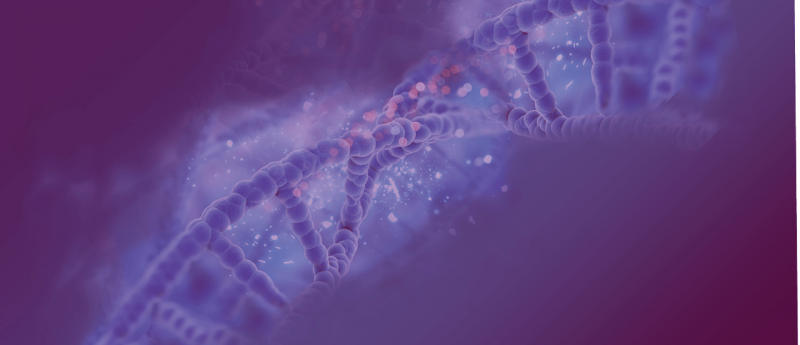Cell and gene therapy

Gene therapy is an experimental technique that involves the delivery of therapeutic nucleic acid polymers into a patient’s cells to treat or prevent a disease. Gene therapy has demonstrated clinical benefits in different diseases including cancers and inherited disorders.
With the number of cell and gene therapy products in development increasing, bioanalytical methods are playing an important role in ensuring the success of these novel therapies. As potential gene therapies are investigated, it is essential to use bioanalytical methods to quantify the DNA, the vector and the expressed gene moieties to gain a complete understanding of PK, PD and safety.
Cell and gene therapies are uniquely able to target ‘undruggable’ targets, forming the third major drug platform after traditional small and large molecule therapeutics. It is important that the newly introduced gene doesn’t cause an immune response and reaches the correct target. Therefore, bioanalytical techniques have a role to play in accurately evaluating PK/PD and immunogenicity assessment.
As part of this mini-Spotlight, we will explore:
- The role of bioanalysis in cellular and gene therapies
- Challenges in pharmacokinetics assessment
- Bioanalytical methods used to measure drug concentrations
- Different pharmacokinetic methods used to quantify gene therapies
- Method validation
Look out for more exclusive content in the following months and stay up-to-date with the latest updates by following us on Twitter @BioanalysisZone and searching #BZcell&gene.
